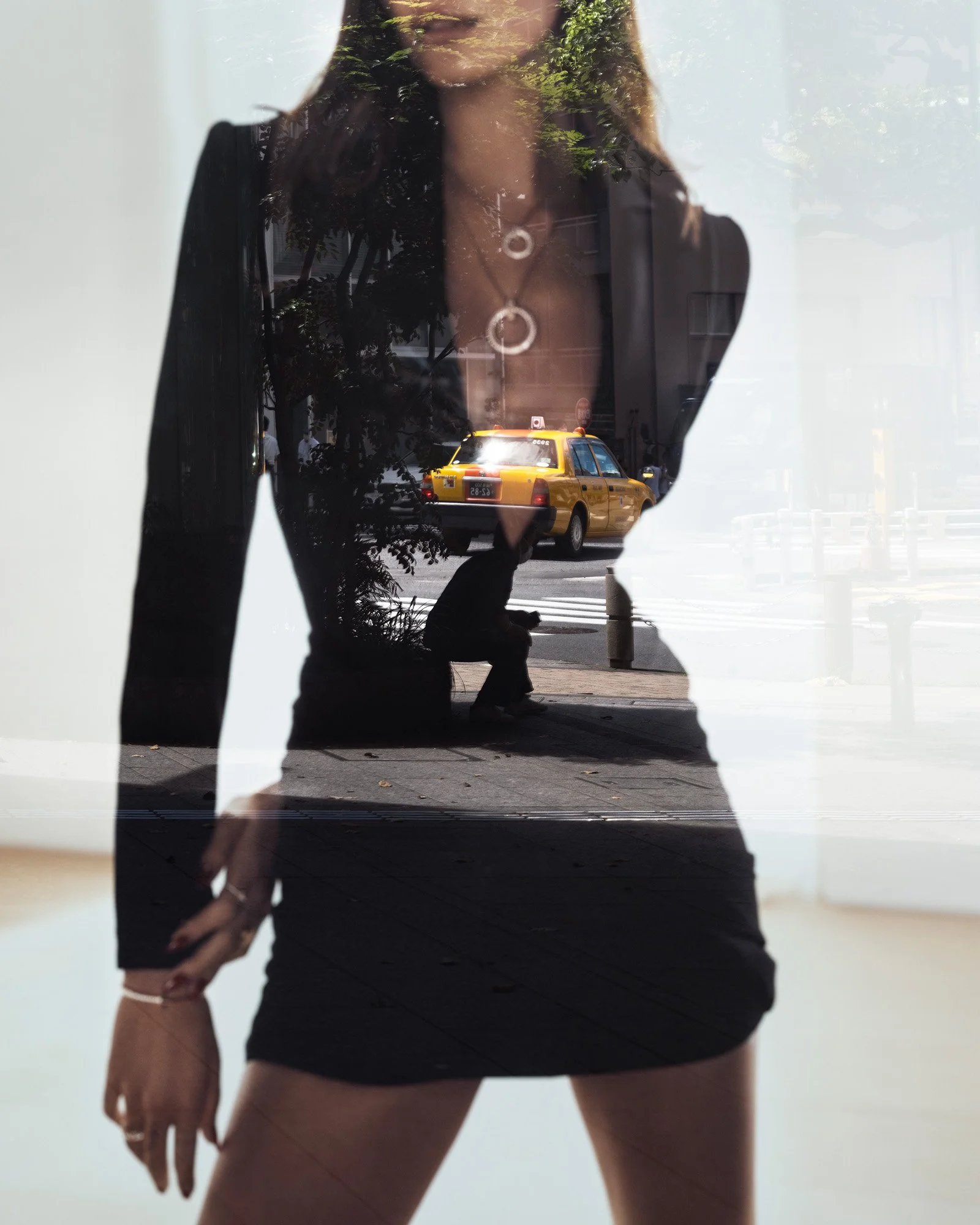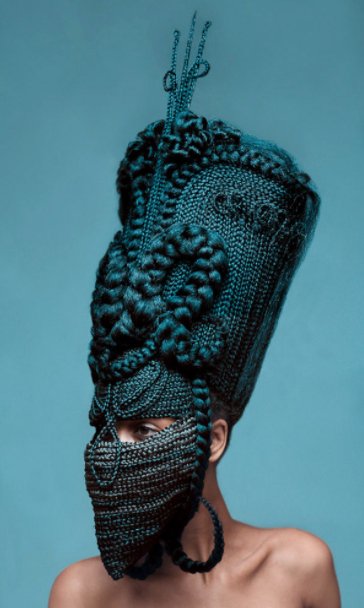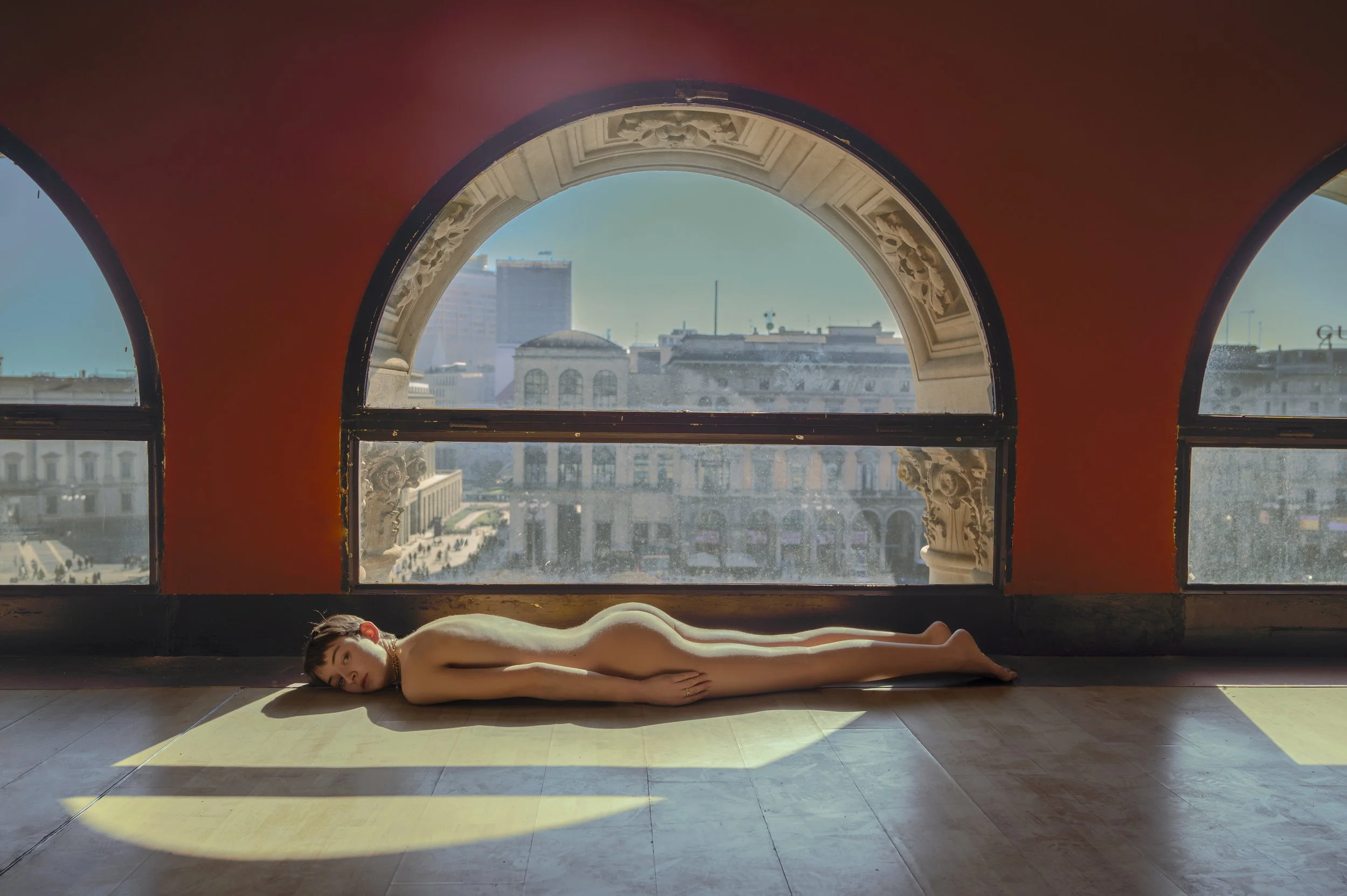Parallel Lines
Red Sofa, 2019 @ K Young
Text: Federica Belli
Images: Anastasia Samoylova & K Young
What happens when, as your work evolves and matures with you, either your aesthetics or your main concerns change? Such occurrences seem so unlikely and in a way not relatable until you find yourself in the situation of dialoguing with a gallerist who loves your work and admires your new research, yet will not take on the burden of investing in it anymore. Welcome to yet another challenge of gradually growing into the role of an artist.
Figure With Blue Stripes, 2021 @ K Young
Once one gets an understanding of their laws, markets work in a quite predictable way. One of the main rules shows how a company should not diversify for the sake of it, but only in specific market and capital conditions. Believe it or not, though diversification can be one of the most profitable and risky moves at the same time. That is precisely why, being such a palatable scenario, many companies take the risks too lightheartedly. Customers associate names to specific products and features – a mental association that, over time, builds up trust in the company and makes customers loyal.
Peeling Poster, Los Angeles, 2022 @ Anastasia Samoylova
The art market is not that different. Each known artist represents his own brand in many ways: the public starts to recognize the work at fairs and shows, collectors expect a certain sort of visual symbols from upcoming projects and the gallerist builds a stack of occasions in which each artist’s work can be proposed and sold. Yet, artists are only humans. They have a human experience just like their public, they change according to their emotions and relations – and so do their questions and concerns.
Reflection in Fashion Advertisement, Tokyo, 2022 @ Anastasia Samoylova
But how can such human evolution affect an artist represented by a gallery and known by collectors? As it often occurs with new productions, the moment of opening up to the first viewers involves and encompasses a tsunami of self-doubts and emotions unique to such occasions. Months of questions, encounters and soliloquies are suddenly collected before one’s eyes.
Historic Theatre Poster, Barcelona, 2022 @ Anastasia Samoylova
The realization of such change in the production does not occur in the artist’s heart – what she first perceives and ensures is not the response of viewers nor the niche of her work, but rather the honesty and subjective relevance of her research – but rather in the act of presenting the project to her gallery. And oftentimes a gallerist can be impressed and moved by the new project of an artist from the gallery, yet have no idea how to promote nor sell it.
Female Fur, 2020 @ K Young
What happens then? What happens when the work is evolving in a fertile and promising direction for the artist, but that direction is not compatible with the taste of the gallery she is represented by? Should one be glad to be working in a direction that shows growing human depth or… terrified by the need to restructure the whole system supporting the work? Is there even a right answer?













